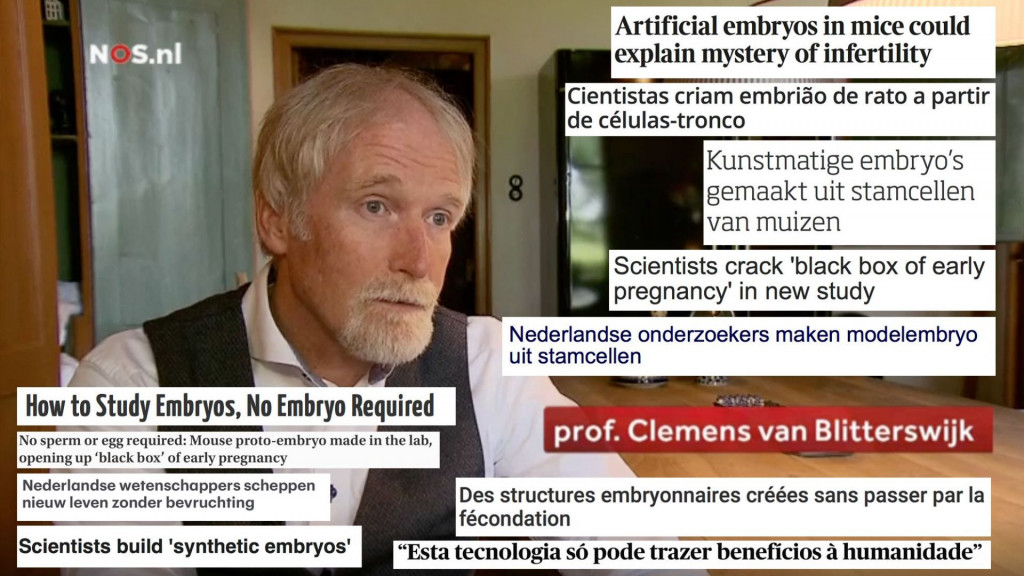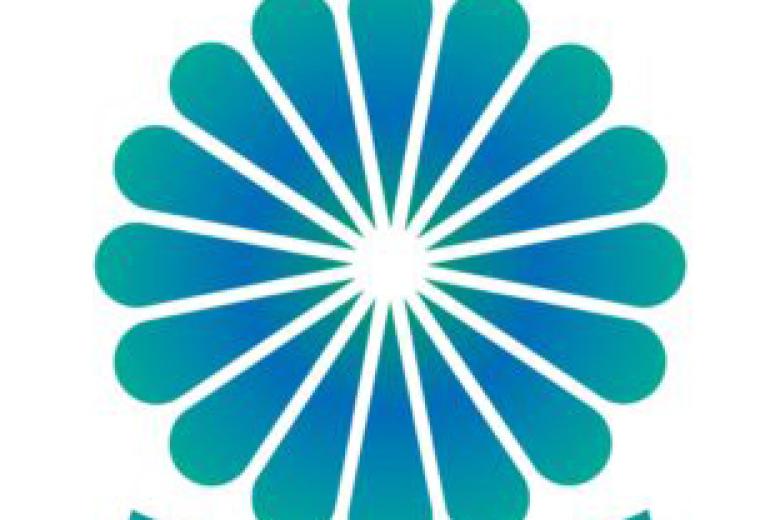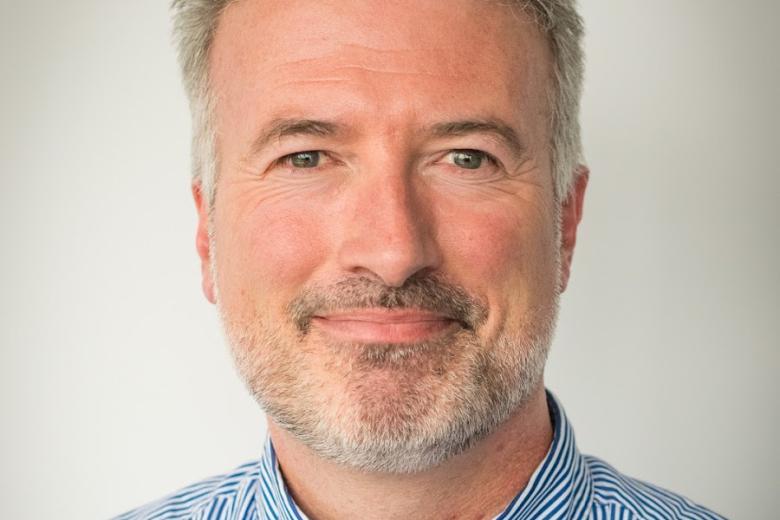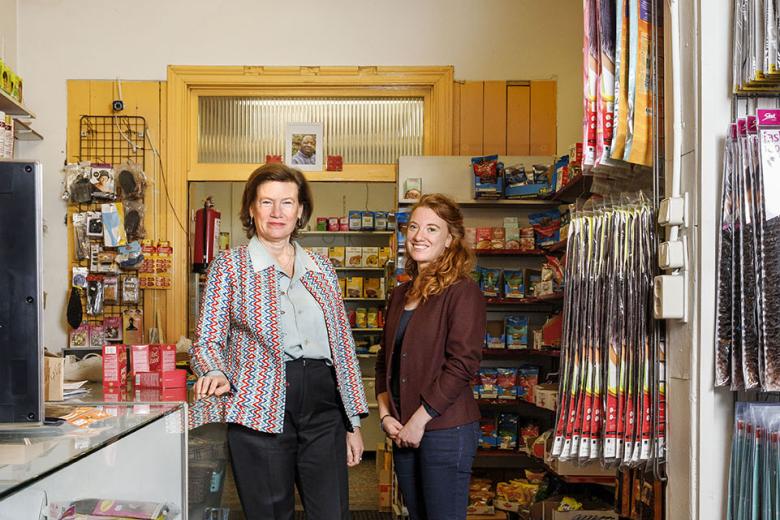MERLN makes headlines worldwide: 65,000 hits in 30 seconds
After five years of doing research Nature wants to publish the results. All of sudden you make headlines all over the world. MERLN director professor Clemens van Blitterswijk tells what happened next.

A breakthrough - this is how Nature describes the research. The first in the world to do so, the MERLN research group created a synthetic embryo that can lead to pregnancy without the use of an egg and sperm cell. Instead of these cells, the scientists used stem cells. This technique may be used to improve IVF treatment and research on hereditary diseases. It also makes animal testing obsolete in the development of medicines.
For five years, the scientists at the MERLN Institute in Maastricht and the Hubrecht Institute in Utrecht studied the development of these so-called model embryos. “We had been in constant contact with the editorial board at Nature since 2015, updating them on the developments,” Van Blitterswijk says. “They would comment on our research and ask us to perform certain experiments. It was an exciting time, particularly when you know that your colleagues are also working on similar research. The pressure was really on. We didn’t know how to create a synthetic embryo and initiate an early pregnancy. This last aspect is what made our research so exceptional; this technique offers the most application possibilities.”
And then you publish in Nature
“Although we expected a lot of attention from the media, the response was still surprising. On May 2, the Dutch newspaper De Telegraaf published the first report about our research on their website. Within 30 seconds, the article got 65,000 hits. Unbelievable! The next day, they dedicated three pages to our study, the front page and pages 2 and 3. We only had to share the front page with news on Tom Dumoulin; a true Limburg issue. After this publication, the media circus really got crazy. Dutch media and television programs such as NPO, Pauw, RTL Late Night, Avondgasten; they all wanted to feature us on their shows. After Nicolas Rivron appeared live on the BBC, international interest in our research really took off. We had made worldwide news. Luckily we had divided up the tasks before all this. Nicolas handled all the international media. Niel Geijsen of the Hubrecht Institute and I were in charge of addressing the Dutch media. Beyond this, it’s a matter of making choices. Unfortunately, it’s not possible to respond to all the requests. After two days, the majority of the hype had dissipated. These days, we are mostly just getting requests from media interested in the background stories.”
Your research appears to be raising ethical questions
“That’s true, and not only are we fully aware of this, we want our research to represent the start of the ethical debate on this technique. Before we started, we had a lot of contact with the medical ethicist Prof. Dr. Guido de Wert. We completely understand that people have concerns about these types of techniques. Some of them view it as wanting to play God, as if we are going to start cloning people next. In spite of this, we received surprisingly few responses along these lines. It might be because we created videos that clearly explained the technology. It helps people understand right away what is and isn’t possible.”
What’s next?
“We are back to work now; business as usual. We will be publishing a commentary on the ethical aspects soon in Nature, and want to organize a debate on our technology. The ethical side is part of the whole undertaking. It does create mixed feelings however. All we really want is to be proud of what we have accomplished as a team. We want to be proud of the fact that we have shown what we are capable of here at the Brightlands Maastricht Health Campus, working in a top research ecosystem. At the same time, we bear responsibility for the technology that we have developed together, and need to be very careful. This is why we think a debate is so important.”
Also read
-
Maastricht University and YERUN - A recap and a glimpse into 2024
Maastricht University is an active member of the Young European Research Universities Network, championing values of innovation, openess and responsibility.

-
Empowering Smallholder Farmers in the Data Economy: Unlocking Opportunities and Overcoming Obstacles
Frederik Claasen, the head of policy at our partner organisation Solidaridad Network on the opportunities and obstacles facing smallholder farmers in their data ecosystems.

-
How do involuntarily returned migrants fare in Senegal?
The PhD research of Karlien Strijbosch focuses on Senegalese migrants who were forced to return home after a stay in Europe. Doing justice to such stories is no easy feat, especially when you come up against walls of silence, distrust and shame. Strijbosch and her supervisor Valentina Mazzucato...
